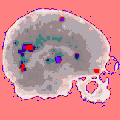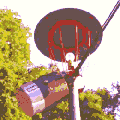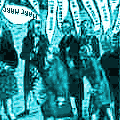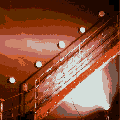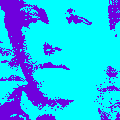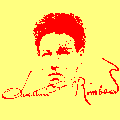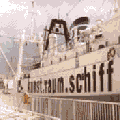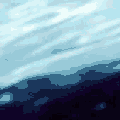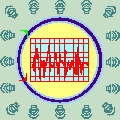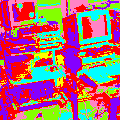|
Sonic Arts In this issue you can link to all sonic projects documentation. It also will explain some of my backgrounds in 'Music' to make it more easy to catch the idea of my Sonic Arts and to feel affected when your are going to read about the projects and Sonic Laboratory. Sonic Arts vs Music 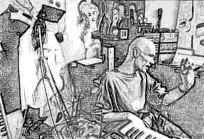
A musician plays an instrument and plays Music. Once this was an easy to understand phrase but, since the Art of Music also developed towards a wider interpretation of using instruments and sounds, the term Music does not cover all of todays aspects anymore, while the term Music and Musician still are used in a classical meaning. That is why I call my works Sonic Arts. This is more abstract and free of a 'doramifasol' syndrome. The disadvantage is that it becomes harder to describe in words what my Sonic Arts are. Secondly, it does not mean that there is not any relationship with Music in a conventional context. |
|
|
Not yet documentated projects
|
| Some concepts |
|
|
|
|
|
|
|
|
|
A detail of my documentation about electronic covers 
The concepts which just were described do not cover the entire field and also are a little simplified. Many excursions to related topics were made in both technique and concept but, it is not much of use anyway to go to deep into details without actual to be able to listen to several piece that belong to each topic. Therefore I will now tell you about the global history of my musical period (for the case that you are interested). |
| Some history |
|
|
|
|
|
|
|
|
|
|

